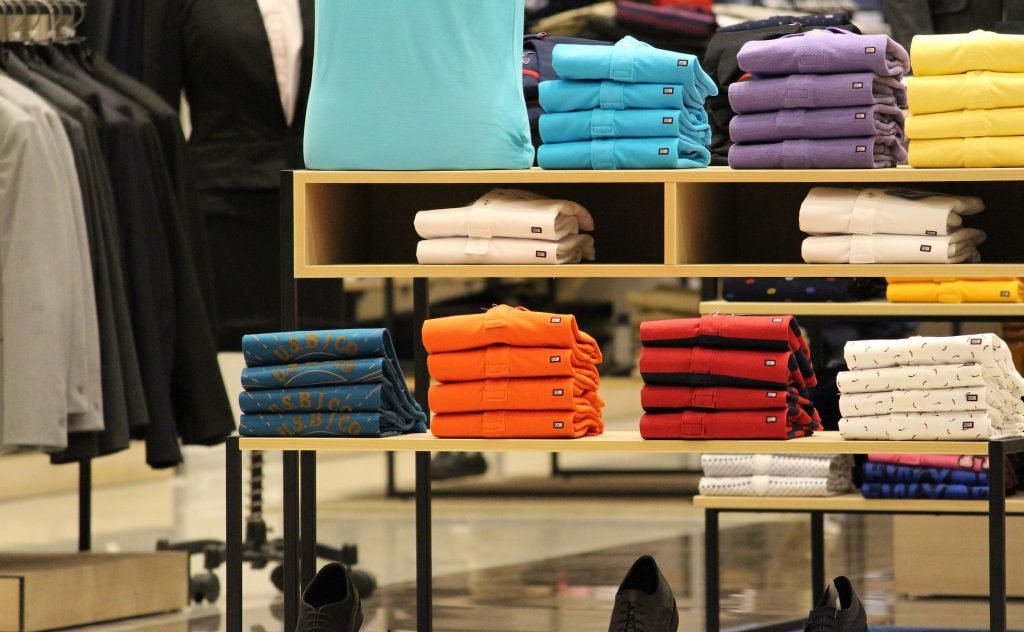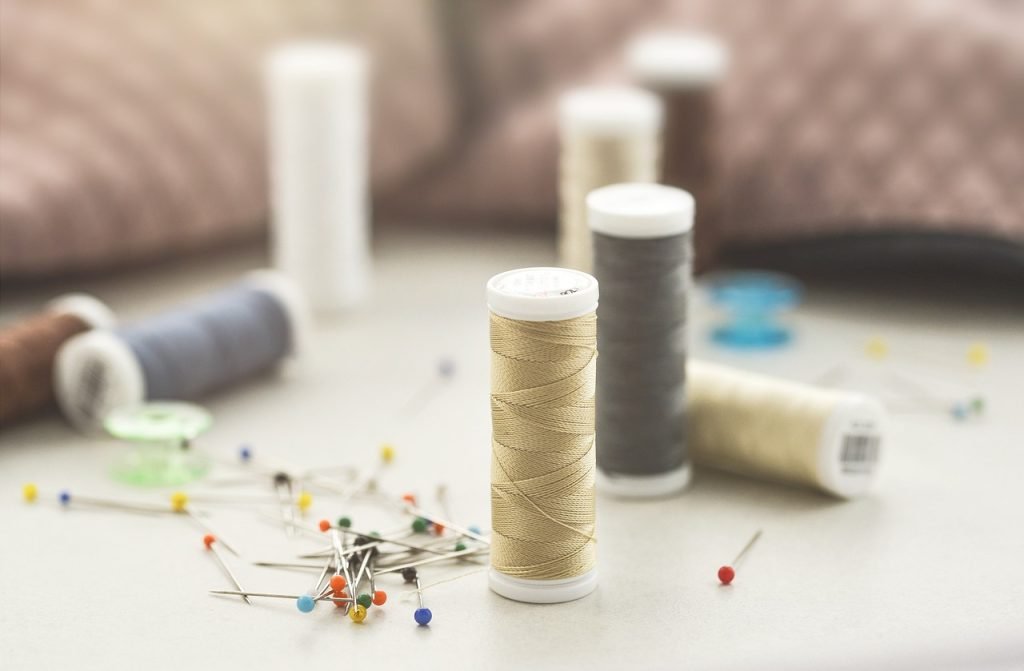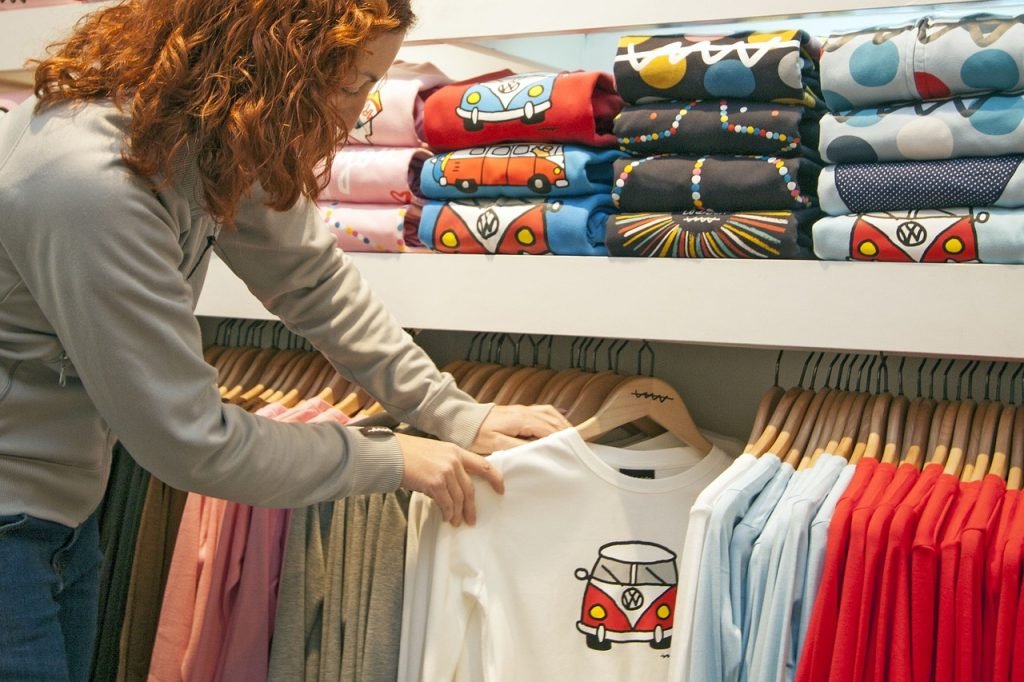Choosing the right t-shirt fabric for men isn’t just about comfort; it’s a blend of practicality, style, and longevity. The fabric defines how the t-shirt feels, its durability, and its suitability for specific occasions or climates. Whether it’s for casual outings, workwear, or sports activities, understanding t-shirt materials ensures you make informed purchases that cater to your lifestyle and needs.
This article dives deep into popular fabric options, tips for quality assessment, and answers to frequently asked questions, helping you build a wardrobe that’s both stylish and functional.
Why Is Fabric Important in T-Shirts for Men?
The fabric of a t-shirt goes beyond the surface; it impacts various aspects of wearability. Here’s why fabric matters:

1. Comfort
Fabric composition determines how soft, breathable, or irritant-free a t-shirt feels on your skin. Natural fibers like cotton are soft and suitable for sensitive skin, while synthetic blends like polyester offer a snug fit with moisture-wicking properties.
2. Durability
Durable fabrics like polyester or combed cotton can withstand frequent washes and physical wear. Cheap materials often lose their shape, fade, or develop pilling, making fabric selection a long-term investment in your wardrobe.
3. Climate Suitability
Different fabrics excel in specific climates. Lightweight and breathable materials like linen are perfect for summer, while thicker blends provide insulation during colder months.
4. Style and Appearance
The way a t-shirt drapes or holds its shape depends largely on the fabric. Heavier fabrics provide structure, while lighter ones create a relaxed, casual look.
Popular T-Shirt Fabrics for Men
Let’s delve into the most commonly used t-shirt fabrics and their characteristics.
1. Cotton: The Timeless Choice
Cotton is the gold standard for t-shirts and is prized for its softness, breathability, and versatility.
- Why Choose Cotton?
Cotton absorbs moisture and allows air to circulate, making it ideal for everyday wear and warmer climates. It’s gentle on the skin, reducing the risk of irritation or rashes. - Varieties of Cotton:
- Combed Cotton: This type undergoes additional processing to remove impurities, resulting in a softer, more durable fabric.
- Organic Cotton: Grown without harmful chemicals, organic cotton is an eco-friendly option that’s just as comfortable.
- Drawbacks of Cotton:
While cotton is comfortable, it may shrink or wrinkle if not pre-shrunk or blended with other materials.
Best For: Casual everyday wear, loungewear, or layering under jackets.
2. Polyester: Durable and Low-Maintenance
Polyester is a synthetic material known for its durability, wrinkle resistance, and moisture-wicking properties.
- Why Choose Polyester?
Polyester retains its shape even after multiple washes, making it an excellent option for activewear. Its quick-drying properties also make it ideal for outdoor activities or sports. - Considerations for Polyester:
Pure polyester can sometimes feel less breathable than natural fibers, so it’s often blended with cotton or other materials to enhance comfort.
Best For: Athleisure, sportswear, and t-shirts that require frequent washing.
3. Cotton-Polyester Blends: Best of Both Worlds
This fabric combines the softness of cotton with the durability and wrinkle resistance of polyester.
- Why Choose Cotton-Polyester Blends?
These blends are less prone to shrinking or wrinkling compared to 100% cotton. They are also easier to maintain and offer a polished, semi-formal look. - Common Ratios:
Blends are typically available in 50:50 or 60:40 cotton-to-polyester ratios, depending on the desired softness or durability.
Best For: Casual office wear, school uniforms, and travel-friendly attire.
4. Linen: Lightweight and Natural
Linen, derived from the flax plant, is renowned for its lightweight and breathable qualities.
- Why Choose Linen?
Linen’s natural fibers wick moisture and promote air circulation, making it a top choice for hot and humid weather. Its textured appearance also adds a sophisticated touch. - Considerations for Linen:
Linen is prone to wrinkling, which can add a relaxed charm but may not suit formal settings.
Best For: Summer wear, beach outings, and casual events.
5. Tri-Blends: Softness Meets Stretch
Tri-blends combine three materials—cotton, polyester, and rayon—to create a super-soft and stretchy fabric.
- Why Choose Tri-Blends?
The mix offers a lightweight feel with excellent draping. It’s perfect for those who prioritize comfort and a vintage, slightly faded look. - Unique Features:
Tri-blends are known for their heathered appearance, adding visual interest to plain t-shirts.
Best For: Stylish casual wear, graphic tees, and layering pieces.
6. Bamboo Fabric: Sustainable Luxury
Bamboo fabrics are gaining popularity for their eco-friendliness and premium feel.
- Why Choose Bamboo?
Bamboo fabric is hypoallergenic, antibacterial, and moisture-wicking. It offers unparalleled softness, often compared to silk. - Sustainability Factor:
Bamboo is a fast-growing, renewable resource, making it a sustainable alternative to traditional cotton.
Best For: High-end casual wear, eco-conscious shoppers, and sensitive skin.
How to Identify High-Quality T-Shirt Fabrics

To ensure you’re getting the best t-shirt fabric, follow these steps:
1. Check Fabric Weight
Heavier fabrics (measured in GSM or grams per square meter) tend to be more durable and less prone to transparency.
2. Inspect the Stitching
Look for double-stitched hems and reinforced seams, which indicate better construction.
3. Perform the Stretch Test
Gently stretch the fabric and observe whether it returns to its original shape. Poor-quality fabrics may sag or distort.
4. Evaluate Softness and Texture
High-quality fabrics feel smooth and consistent to the touch. Rough or uneven textures may indicate low-quality material.
Seasonal Guide to T-Shirt Fabrics
Choosing the right t-shirt fabric for each season is essential for staying comfortable, whether it’s during the sweltering heat of summer or the chilly winds of winter. Each season demands specific fabric properties, such as breathability for summer and insulation for winter. Below, we’ll explore the best t-shirt fabrics for summer and winter, breaking down their unique qualities to help you make informed wardrobe decisions.
Key Features of Summer and Winter T-Shirt Fabrics
| Feature | Summer Fabrics | Winter Fabrics |
| Primary Focus | Breathability, moisture control | Warmth, insulation, and durability |
| Fabric Weight (GSM) | Lightweight (100–150 GSM) | Medium to heavy (150–200+ GSM) |
| Material Types | Cotton, linen, bamboo | Cotton-polyester blends, tri-blends |
| Best Usage | Hot, humid weather | Layering for cold climates |
Tips for Choosing Seasonal T-Shirt Fabrics
1. Prioritize Layering in Winter

Winter fabrics like cotton-polyester blends and tri-blends work best when layered under sweaters or jackets. They provide warmth without being overly bulky.
2. Choose Lightweight Fabrics for Summer
For summer, opt for fabrics with a lower GSM to ensure your t-shirt feels light and breezy. Cotton and linen are perfect for casual settings, while bamboo is ideal for more active pursuits.
3. Sustainability Matters
For eco-conscious choices, organic cotton, bamboo, and linen are great options. These materials are environmentally friendly and offer excellent seasonal functionality.
4. Consider Activity Levels
- Summer Activities: For outdoor sports or beach days, moisture-wicking fabrics like bamboo or polyester blends are ideal.
- Winter Workouts: Tri-blends offer a good balance of warmth and flexibility for cold-weather activities.
By tailoring your fabric choices to the season, you can build a wardrobe that keeps you comfortable, functional, and stylish year-round. This ensures your clothing enhances your experience, no matter the temperature.
FAQ Section
1. What is the best fabric for t-shirts?
Cotton is the most popular choice for its softness, breathability, and suitability for various occasions.
2. What type of t-shirt should men wear?
Men should choose fabrics based on their needs—cotton for casual wear, polyester for sports, and blends for durability and style.
3. How much fabric is needed for a men’s t-shirt?
Typically, 1.5 to 2 yards of fabric are required for a standard-sized t-shirt.
4. How do I choose a good-quality t-shirt?
Check for high GSM (fabric weight), quality stitching, and a consistent, soft texture.
Conclusion
Understanding the nuances of t-shirt fabrics helps you make informed choices for your wardrobe. Whether you prioritize comfort, durability, or sustainability, knowing your options ensures that each purchase aligns with your preferences. Next time you shop for a t-shirt, use these insights to pick the perfect fabric for your needs.
External Resources
- U.S. Department of Commerce – Office of Textiles and Apparel (OTEXA): Provides detailed information on textile and apparel industries.
- Textile Exchange: A global nonprofit driving positive impact on climate and nature across the fashion and textile industry.
